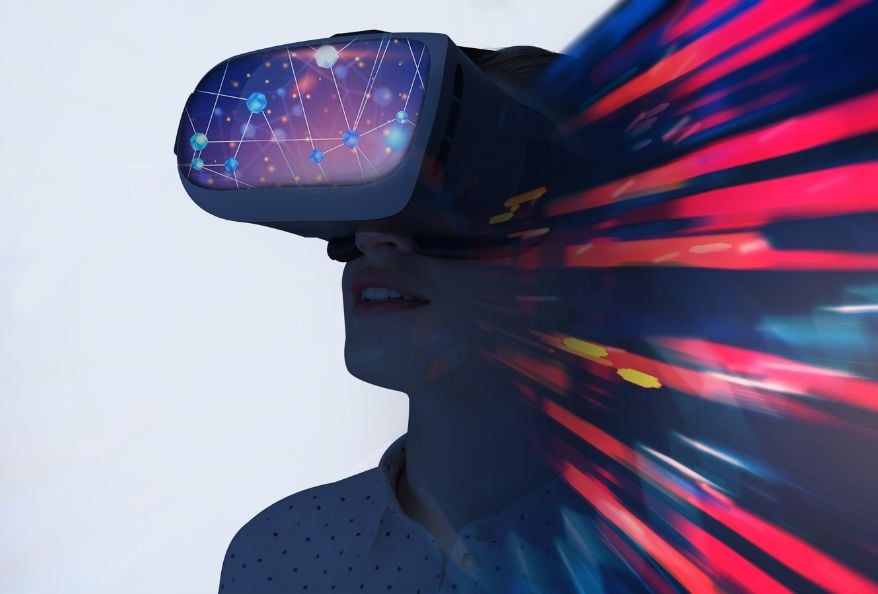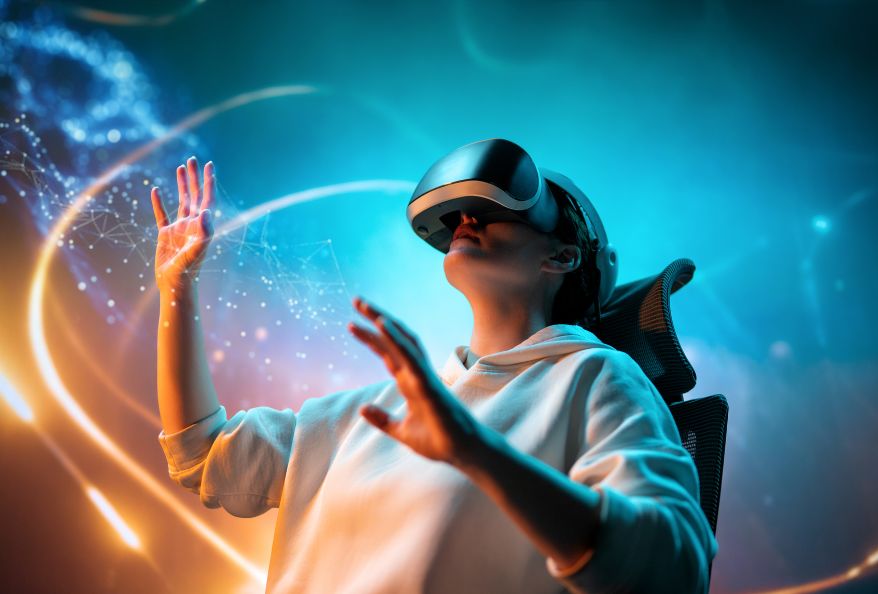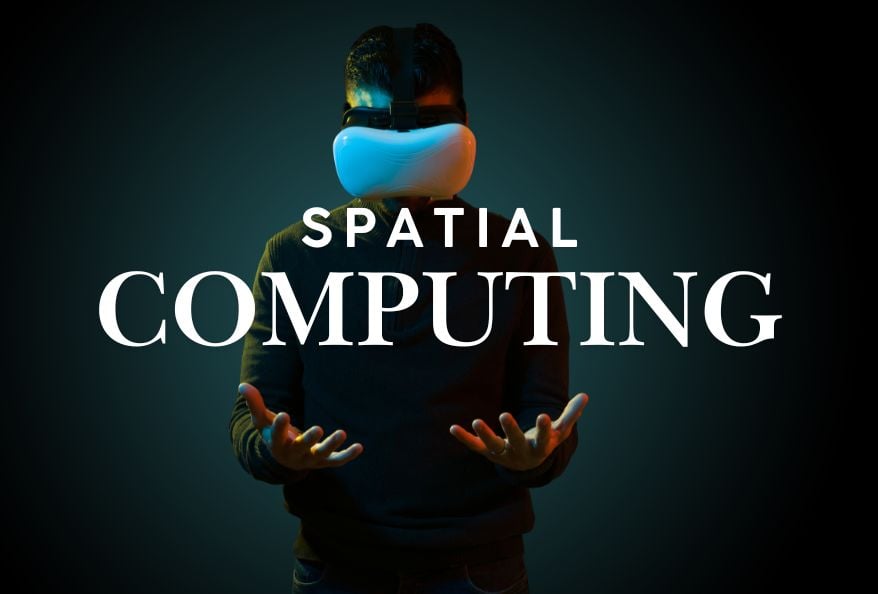Spatial Computing Developer: Coolest Tech Job You Haven’t Heard Of!
Estimated reading time: 6 minutes
Technology is entering a new era, where the digital and physical worlds merge seamlessly. At the center of this exciting shift is the Spatial Computing Developer. These professionals design applications that allow humans to interact with both digital objects and real environments at the same time. If devices like Apple Vision Pro, Meta Quest, or Microsoft HoloLens amaze you, then you’ve already witnessed the brilliance of spatial computing.
What Does a Spatial Computing Developer Do?
A spatial computing developer builds programs that use the 3D environment as a digital canvas. Unlike traditional apps, these apps respond to gestures, movements, and environmental changes. Imagine walking into your living room, putting on a headset, and seeing a virtual piano appear before you. You press the virtual keys in the real space, and it produces music. That magical blend of digital layers with the physical world is the work of a spatial computing developer.
Their daily work often includes:
- Designing immersive AR/VR (Augmented and Virtual Reality)/mixed reality applications.
- Creating digital twins of real-world spaces.
- Writing code that tracks 3D space in real time.
- Integrating sensors, cameras, and AI into interactive apps.
In short, they transform ordinary places into smart, interactive environments.
Also Read: Digital Twin Engineers: Coolest Tech Job!
Spatial Computing Developer: Why Is This Job So Cool?

This is not just another programming career. It’s about building the future of mixed realities. Developers in this field are working on applications that make learning, gaming, medicine, and also workplace collaboration more powerful.
It’s extremely cool because:
- You bring digital worlds into real life.
- You work with cutting-edge devices like Vision Pro and HoloLens.
- You build apps that save lives, train doctors, or bring history alive.
As Satya Nadella, CEO of Microsoft, explained, “The world is moving from mobile-first to mixed reality.” Spatial computing careers sit right at the center of this huge transformation.
How Spatial Computing Actually Works
Let us understand this role better with an example. Imagine a virtual furniture store that lets you place a digital couch in your actual room. The app scans your space, tracks dimensions, and overlays 3D furniture models in it.
Here’s how:
- Cameras and sensors capture the room in 3D.
- Algorithms detect walls, objects, and distances.
- AR software generates the digital model and places it accurately.
A spatial computing developer makes this interaction feel fluid, natural, and engaging.
Career Path to Becoming a Spatial Computing Developer

Students who dream about this career can follow a clear but still exciting path. Most developers start with domains like:
- Computer Science
- Game Development
- 3D Design or Graphics
- Augmented and Virtual Reality Studies
Many universities and online platforms now offer special courses in XR (extended reality/mixed reality) and spatial computing. Internships in AR/VR companies also provide hands-on learning.
Once in the industry, you may specialize in areas such as:
- AR game design
- AR/VR health applications
- Industrial digital twins
- Mixed reality workplace tools
Also Read: Metaverse Architect: Coolest Tech Job!
Skills That Matter for Spatial Computing Developers
Success in this futuristic job depends creative skills coupled with technical abilities.
Technical skills:
- Programming languages such as C#, C++, JavaScript, and Python.
- Game engines like Unity or Unreal Engine.
- Experience working with 3D modeling tools like Blender or Maya.
- Understanding of spatial mapping and AR SDKs (ARKit, ARCore, MRTK).
Soft skills:
- Problem-solving with creative thinking.
- Teamwork on large-scale immersive projects.
- Adaptability to evolving tech trends.
- Clear communication to explain complex designs.
This combination of coding and creativity makes the job adventurous and fun.
Where Do Spatial Computing Developers Work?

Because this is a hot and growing field, career options are broad and diverse.
- Big Tech Companies: Apple, Meta, Microsoft, Google.
- Gaming Studios: Building next-gen immersive games.
- Healthcare: Creating VR surgery simulators and AR-based patient care.
- Manufacturing: Designing digital twins for real-time factory monitoring.
- Education: Building learning environments with history lessons you can walk through.
Wherever the digital and real world overlap, you will find spatial computing developers.
Future Growth of This Career
The market for spatial computing jobs is expanding fast. According to a 2024 PwC report, AR and VR alone are projected to add $1.5 trillion to the global economy by 2030. That means roles like spatial computing developer will be in high demand across industries. Students pursuing this field today could find themselves at the forefront of tech tomorrow. Parents should note that these jobs don’t just pay well—they offer creativity and impact, too.
Should Students Choose Spatial Computing?
The answer is simple: absolutely yes!. This role combines software development, creativity, and also future tech. Students who enjoy coding, design, or gaming can thrive here undeniably.
For parents, this path is worth supporting because it links to industries investing billions in AR/VR and spatial computing research. Apple, Meta, and Microsoft are betting big on this future, and that translates to strong job security.
This career is not only futuristic but also meaningful. Spatial Computing Developers are significantly shaping the way humans interact with the environment.
Conclusion
The spatial computing developer is undeniably one of the coolest jobs students may not have heard of yet. These experts design apps that merge real spaces with digital overlays, using devices like Vision Pro and HoloLens. As a result, with applications in gaming, healthcare, education, and beyond, this career is rapidly growing.
For students, the journey starts with coding, design, and surely a love for innovation. For parents on the other hand, it’s a promising and secure career choice in a booming industry. This is because the digital and physical worlds are coming together, and spatial computing developers are building that bridge.
Additionally, to stay updated with the latest developments in STEM research, visit ENTECH Online. Basically, this is our digital magazine for science, technology, engineering, and mathematics. Further, at ENTECH Online, you’ll find a wealth of information.
References:
- Snider, C., Kukreja, A., & Cox, C. (2025). Spatial computing in design: opportunities and challenges of a new technological paradigm. Proceedings of the Design Society, 5, 2901–2910. https://doi.org/10.1017/pds.2025.10304
- Chunduri, V. (2024, July 9). Enhancing spatial computing and augmented reality for transforming Human-Computer interaction. https://ijisae.org/index.php/IJISAE/article/view/6655






